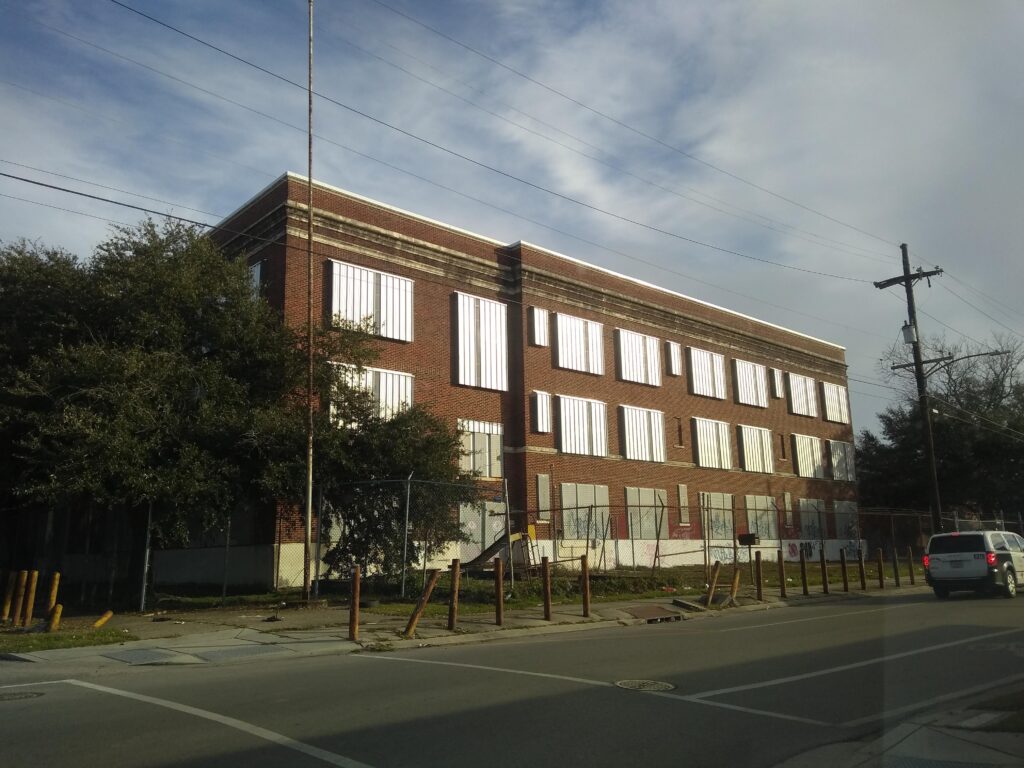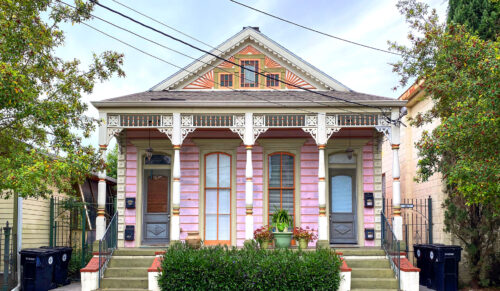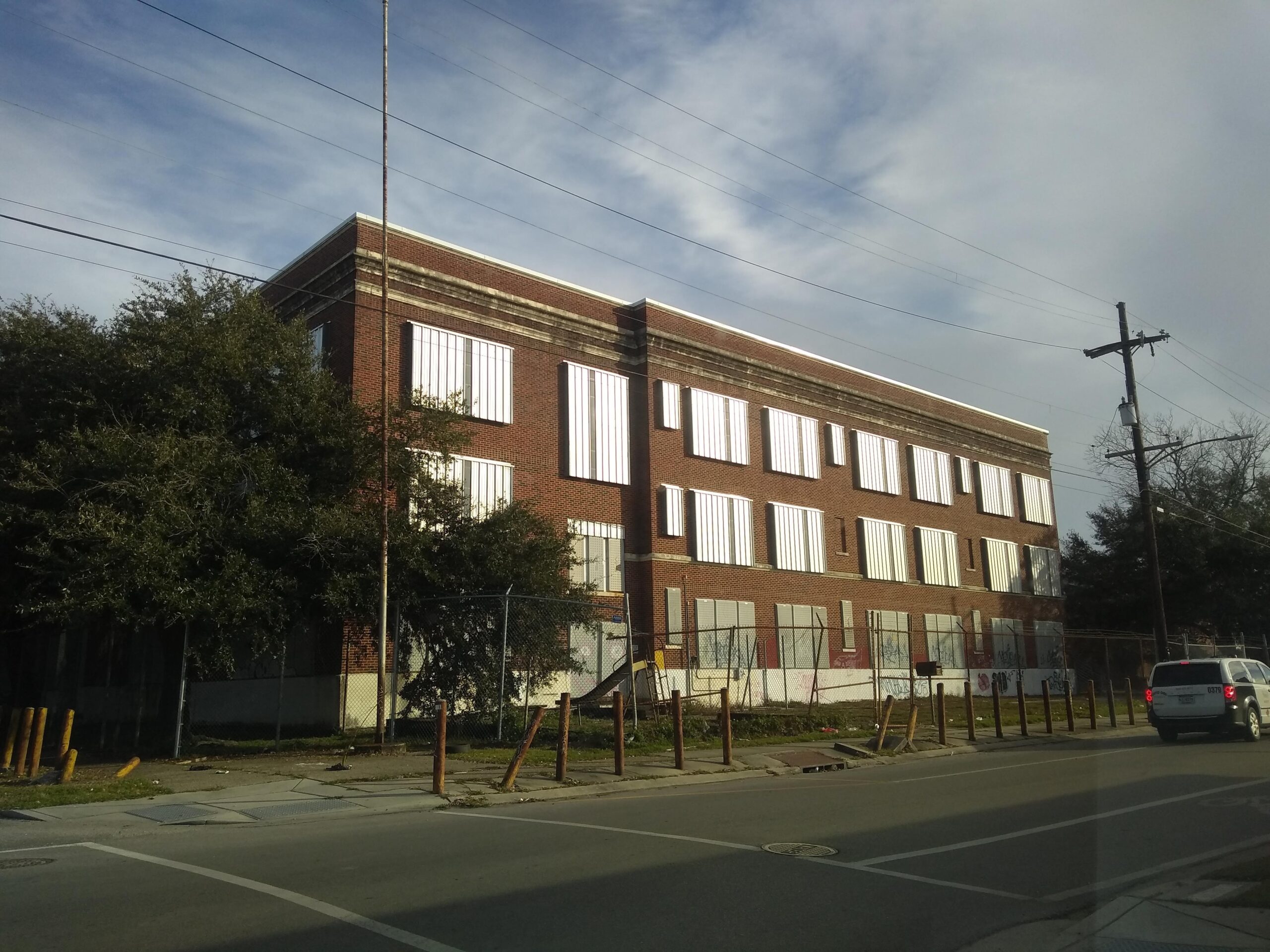The Orleans Parish School Board is proposing a new approach to the system’s handling of vacant land and buildings. By state law, OPSB is limited in the ways it may dispose of surplus property. As the system has weathered storms and a shrinking student population, most school buildings deemed no longer necessary have been auctioned to the highest bidder or simply allowed to molder. (State law also allows for land swaps with other public entities and fair-market sale to charter schools.)
The new approach, as presented to the School Board on Aug. 16 by Chief Operating Officer Tiffany Delcour, envisions retaining some properties as swing spaces that could be used when another building is undergoing repairs and entering into short- or long-term leases for other properties. These leases would not only leverage the properties to generate revenue but also allow OPSB to identify tenants and uses that produce community benefits. A community benefit, for example, could result from entering into a long-term lease of 65 to 99 years with a developer who agrees to convert a school building into affordable housing. The board members expressed particular interest in middle-income workforce housing for teachers and other school staff.
Delcour emphasized that the new framework is still in development. The process, initiated by the OPSB Building Committee, included hiring a planning consultant as well as interviews with sister agencies and select developers. The next step will be to draft a “‘Controlled Disposition Strategy,” then conduct community feedback sessions beginning in the fall. In addition to housing, the menu of possible community benefits could include early childcare, job training, recreation, stormwater management and solar farming.
The Preservation Resource Center supports OPSB efforts to develop a transparent but more targeted framework for moving vacant properties back into commerce. In addition to the deep attachments that community members and alumni feel to historic school buildings, the negative impacts of blighted and vacant school buildings on the surrounding neighborhoods are significant. Allowing nearby residents to help prioritize the community benefits that result from a lease agreement could help minimize conflicts and build support for redevelopment.
FURTHER READING: Renovations are Breathing New Life into Historic School Buildings

The former Valena C. Jones School building is surplus property of the Orleans Parish School Board. Under proposed new plans, the school system envisions retaining some surplus properties as swing spaces that could be used when another building is undergoing repairs, and entering into short- or long-term leases for other properties. Photo by Nathan Lott of the Preservation Resource Center








